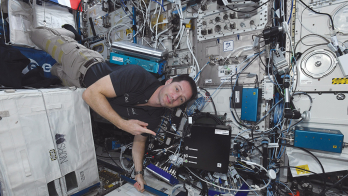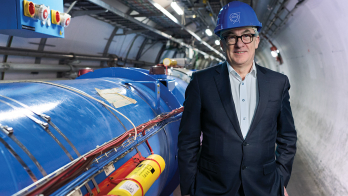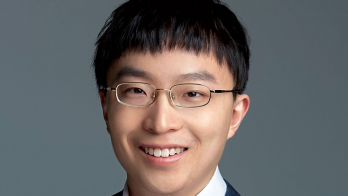In a recent experiment, Thomson-scattered X-rays from Jefferson Lab’s infrared free-electron laser were detected, confirmed and initially characterized. The results suggested a potential new dimension for the laboratory’s free-electron laser development programme. Experimenters used specially configured optical devices to extract intense, ultrafast (hundreds of femtoseconds) X-ray pulses in coincidence with the infrared light pulses of the electron-beam-driven free-electron laser.
The X-ray pulses are generated within the free-electron laser (FEL) via the Thomson scattering of infrared light by electrons. The FEL’s operating characteristics allowed the production of results in a few days. X-ray pulses manipulated in synchronized combination with infrared pulses enable pulse-probe studies one input pulses a target system to yield a subpicosecond of special physical conditions for the other input to probe.
In solid-state physics and materials science, pulse-probe applications could include, the temporal dynamics of condensed-matter phase transitions, the ultrafast time-resolved monitoring of structural changes in materials, and heat propagation at submicrometre dimensions. In biology and chemistry, the capability could be applied to studies of short-range order changes in chemical reactions. In accelerator physics it could be used to develop beam diagnostics for next-generation light sources.
The Jefferson Lab is responding to a call for proposals for the development and application of short-pulse X-ray light sources. The lab’s development of high-average-power FELs is an application of the superconducting radiofrequency accelerating technology, which is at the heart of the 6 GeV continuous-wave accelerator that serves nuclear physics. In July a kilowatt FEL, built mainly with Navy funds, delivered 3.1 µm wavelength light at an average power of 1.72 kW (CERN Courier September 1999). Funding has been allocated for an upgrade that will enable the delivery of 10 kW infrared light and 1 kW ultraviolet light.





